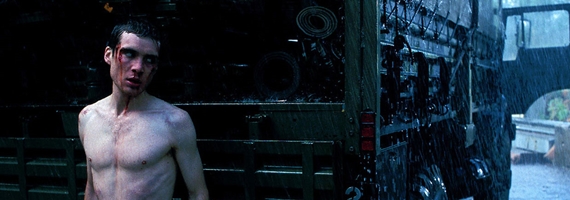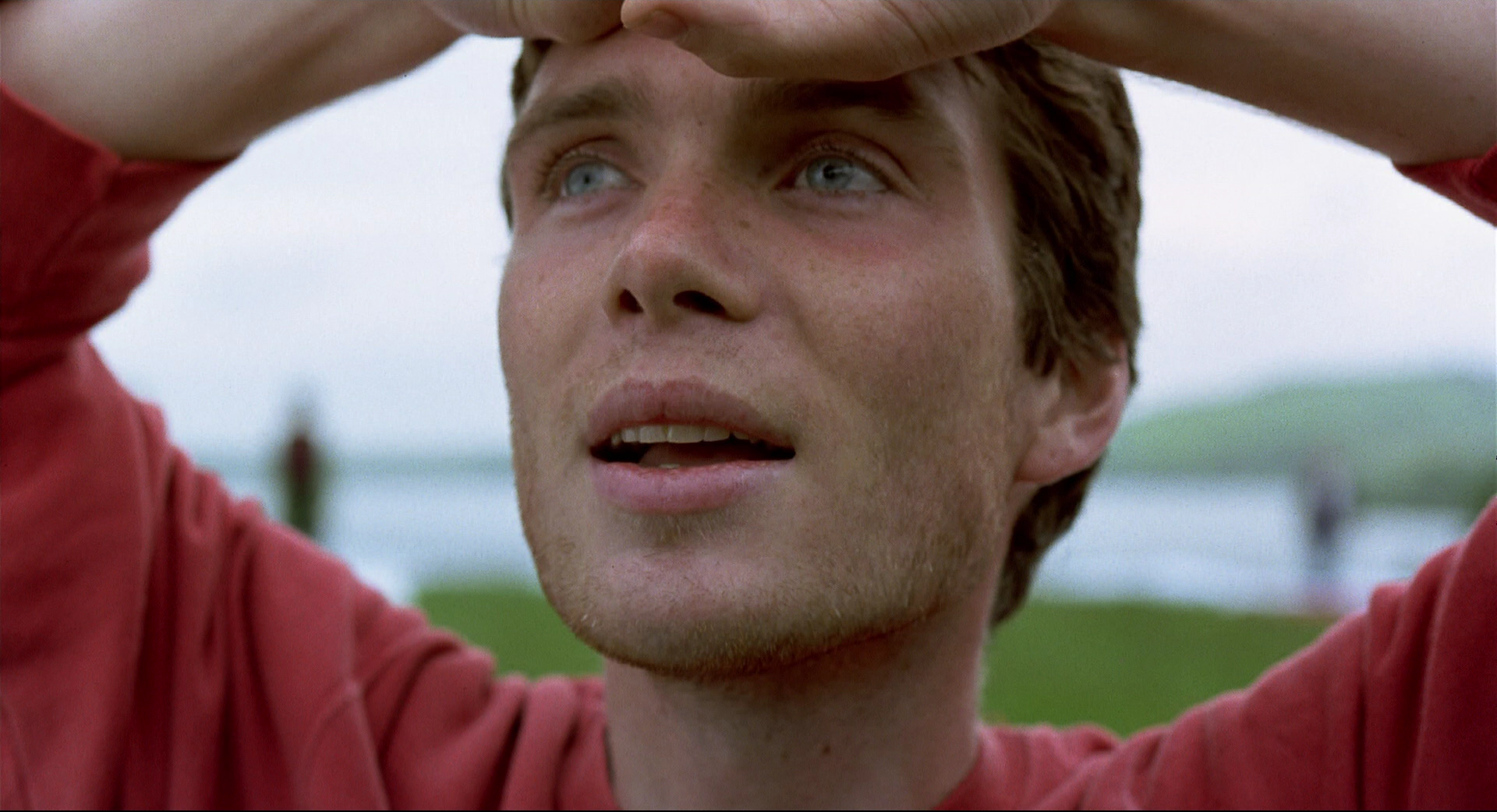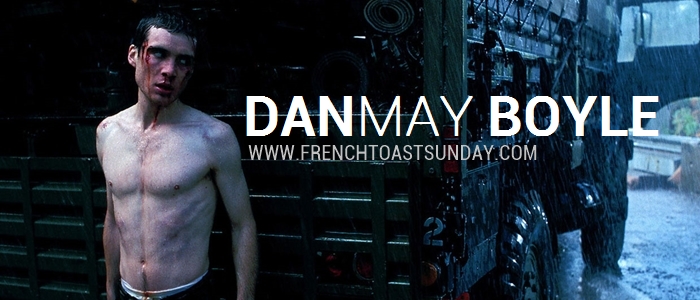
Trope Talk is my way of dishing out and breaking down the timeless and the tiresome of cinema’s most recognizable tropes, archetypes and formulas. This month, in honor of Dan-May Boyle, I’ll be looking at 28 Days Later… and considering what about its tropes makes it such a revolutionary zombie flick.
For some, the title I chose for this post alone will grind a few gears; is 28 Days Later… actually a zombie film? Is it horror, sci-fi, drama, action or some blend of genres? I certainly do think there’s something to be said for genre hybridity in 28 Days Later… but I would, all in all, still say it’s a zombie film. And that claim comes in spite of the debate that has raged on (pun intended) since the film’s 2003 release: are the victims of the rage virus truly even zombies? One can argue that because these patients are infected and not yet actually dead, they can’t truly be considered zombies. I suppose doing so would be like considering George A. Romero’s The Crazies (1973) or its 2010 remake of the same name to be zombie films too. But, Boyle’s playful, experimental form of reverence for zombie tropes ensures that this film remains a zombie movie at its core. But, he also simultaneously ensures that his unique take on the zombie genre reads as something more than simply that.
Our protagonist, Jim, played by Cillian Murphy, wakes up from a coma 28 days after a group of activists release infected chimpanzees. Like a couple of Boyle’s other films (including one of my favorites, 1994’s Shallow Grave), 28 Days Later… is suspenseful and in many ways, deeply disturbing. I love the way Boyle’s personal style is felt in this film, but infused and hybridized with zombie tropes at almost every turn. I would say that the zombies aren’t really the scariest aspect of the film at all (of course, they are still scary nonetheless). The film is made terrifying also through interpersonal tension, sound (or lack thereof at certain moments), and Boyle’s tendency to accelerate and decelerate the rhythm of the film drastically and suddenly and yet seamlessly, through impeccable editing and stylish, often frenetic camerawork.
So, if those tropes fall more under Boyle, then what can we say about the film’s remaining zombie tropes? And, to what extent are those tropes altered by Boyle’s directorial style? The zombies in 28 Days Later…, though not the main source of horror and unease in the film, are scary despite our understanding that they are not dead. Perhaps that makes them even scarier somehow; these are patients, ill and infected, so it seems like there should still be some hope for them, but the film feels far too bleak for that possibility. The second biggest zombie trope that Boyle alters is the speed at which the infected travel. A year before Zack Snyder’s 2004 remake of Dawn of the Dead featured running zombies, Boyle had his pseudo-zombies run, and they run fast— as if literally fueled by the rage with which they’re infected.
One of the most frightening scenes of the movie is fairly simple in construction and makes use of the kind of foreshadowing that the horror genre loves to employ before actually fully scaring you: when our group of survivors gets a flat tire in a darkened tunnel, a swarm of rats runs toward and around them, which is creepy enough. They soon realize though, as we do, that the rats are running from another kind of swarm—a feverish hoard of the infected. Subverting certain zombie tropes and reverting to somewhat more classic horror tropes of mystery and subtlety, we don’t see the infected in their gory glory in this moment. Boyle has instead chosen to show us their shadows and darkened figures, but in his own characteristic way: the scene plays out frantically and with a particularly high-octane kind of urgency.
The high-octane quality returns and retreats, ebbing and flowing throughout the film. Eventually, the movie becomes even less straightforward as a horror movie, at least as far as the zombies go. I think the third act used to bother me as a viewer because of the kind of narrative and tonal shift, but now, I can appreciate this albeit jarring portion of the film, which focused on the actual human drama of an epidemic or apocalypse, specifically with regard to the military.
Plus, this section of the film serves as further proof that maybe what made this movie such a revolutionary zombie flick is that it wasn’t so straightforward as such and wasn’t necessarily setting out to be so straightforward as such, either. I think there are various genre tropes at work here that are being repackaged and rearranged by Boyle, cleverly subsumed in his own stylistic tendencies. And I do think it’s still worth talking about the zombies of the film specifically; they aren’t the shambling undead, but rather the rapid rabid. Yet, I think that to end the conversation there would be doing a disservice to what is overall a truly artistic, visceral and interesting viewing experience, one that ultimately achieves even more than merely testing and teasing our current conceptions of what a zombie is and should be.




